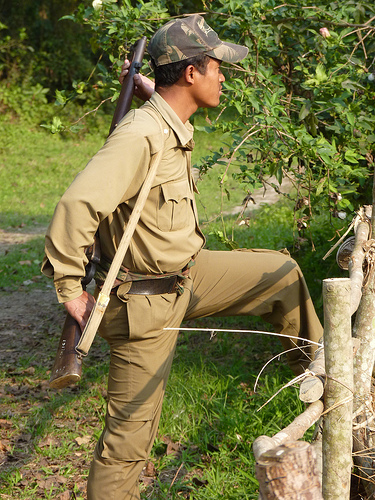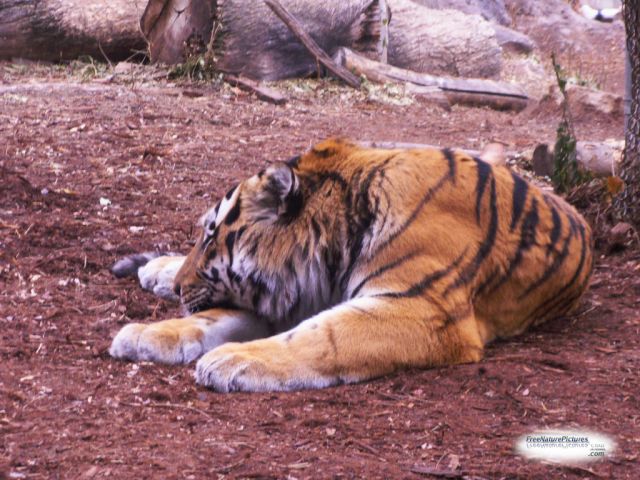CONSERVATION CONCERN: Unmanned Aerial Vehicles (UAVs) more popularly referred to as drones, are successfully being integrated for forest and wildlife surveillance across the globe. However, the apprehensions of the Indian defence ministry are proving to be a major hurdle for the induction of UAVs by the country’s forest department. Recently, the defence ministry turned down a proposal for the use of drones for aerial surveillance in the Kaziranga National Park in Assam.

Speaking to the press after the refusal, the State Environment and Forest Minister for Assam, Rakibul Hussain, said that the permission was denied due to security concerns raised by the defence ministry. However, he added that a review petition had been filed with the defence ministry asking it to reconsider the decision.
The National Tiger Conservation Authority under the Union Ministry of Environment and Forests had put forward a request for the use of drones in the Kaziranga National Park after last year’s floods restricted manned surveillance of the park. The proposal had been approved by the Union Ministry of Environment and Forests earlier this year, following which the state forest department conducted successful test flights of UAVs in the national park in April.
The proposed UAVs are also meant to help counter the recent escalation in the number of poaching incidents involving the one-horned rhinos. The forest officials in Assam have already recorded 21 incidents of rhino-poaching in the first quarter of this year. In comparison a total of 22 such poaching cases were registered in the previous year.
Why Do Our Forest Departments Need UAVs?
UAVs, popularly called as drones, have long been used by defence forces for detection of terrorist activities, and for monitoring enemy movement along the border. A UAV can effectively reach places inaccessible to human beings or manned aircrafts due to their small size and manoeuvrability. They can easily fly over difficult terrains and canopies, and collect vital information about the ecology of an area as well as keep a tab on the movement of poachers. UAVs will effectively help fill the gap between manned aerial surveillance and satellite imaging.

Several countries have already successfully integrated UAVs into their forest and wildlife conservation programs, including India’s neighbour Nepal, where the army is using these drones to combat the activities of rhino poachers in Nepal’s Chitwan National Park.
The potential for the use of UAVs in India is immense. With a vast forest cover that is home to many endangered species including the Royal Bengal Tiger, the Great Indian Bustard, the Asiatic Lion, and the Indian Elephant; the forest department could use the additional air support to not only patrol these biodiversity hotspots, but to also carry out other activities like annual census and study of these animals without disturbing them in their natural habitat.
Further, the annual floods in Assam leave many animals dead as forest officials struggle to rescue the stranded animals in time. UAVs can be used to accurately locate these stranded animals and facilitate timely rescue operations. They can also be used to detect, monitor and check forest fires, and reduce incidences of human-animal conflict by helping forest officials to monitor the movements of wild animals close to human habitations.
A Sustainable Solution
While the concerns of the defence ministry regarding national security are valid, there has to be a way to address the security concerns without having to prematurely shelf the use of drones for the protection of India’s rich bio-diversity.

The defence ministry and the environment and forests ministry need to find a sustainable solution quickly in order to provide the much needed aerial surveillance support to the vigilant forest officials who scour the dense forests and difficult terrains day and night.
Meanwhile, let’s keep our fingers crossed as the defense ministry considers the review petition filed by the environment and forest ministry.
More Related Stories,
Spies in the Sky, Saving Wildlife
2012 Worst Poaching Year for India
Image via cc/Flickr by Don McCullough, dhaag23 and gnozef




One thought on “Defence Ministry Says No to use of Drones in Kaziranga”